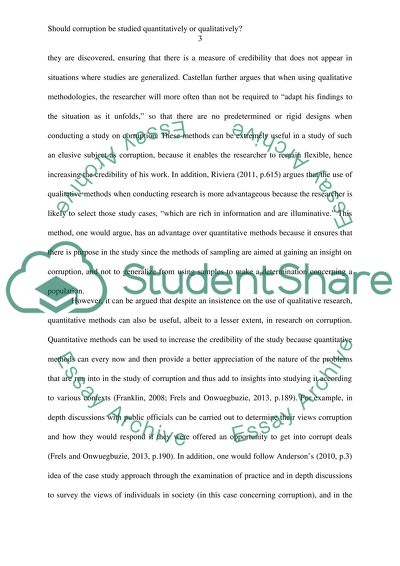Cite this document
(“Should corruption be studied quantitatively or qualitatively Essay”, n.d.)
Should corruption be studied quantitatively or qualitatively Essay. Retrieved from https://studentshare.org/social-science/1670038-should-corruption-be-studied-quantitatively-or-qualitatively
Should corruption be studied quantitatively or qualitatively Essay. Retrieved from https://studentshare.org/social-science/1670038-should-corruption-be-studied-quantitatively-or-qualitatively
(Should Corruption Be Studied Quantitatively or Qualitatively Essay)
Should Corruption Be Studied Quantitatively or Qualitatively Essay. https://studentshare.org/social-science/1670038-should-corruption-be-studied-quantitatively-or-qualitatively.
Should Corruption Be Studied Quantitatively or Qualitatively Essay. https://studentshare.org/social-science/1670038-should-corruption-be-studied-quantitatively-or-qualitatively.
“Should Corruption Be Studied Quantitatively or Qualitatively Essay”, n.d. https://studentshare.org/social-science/1670038-should-corruption-be-studied-quantitatively-or-qualitatively.


